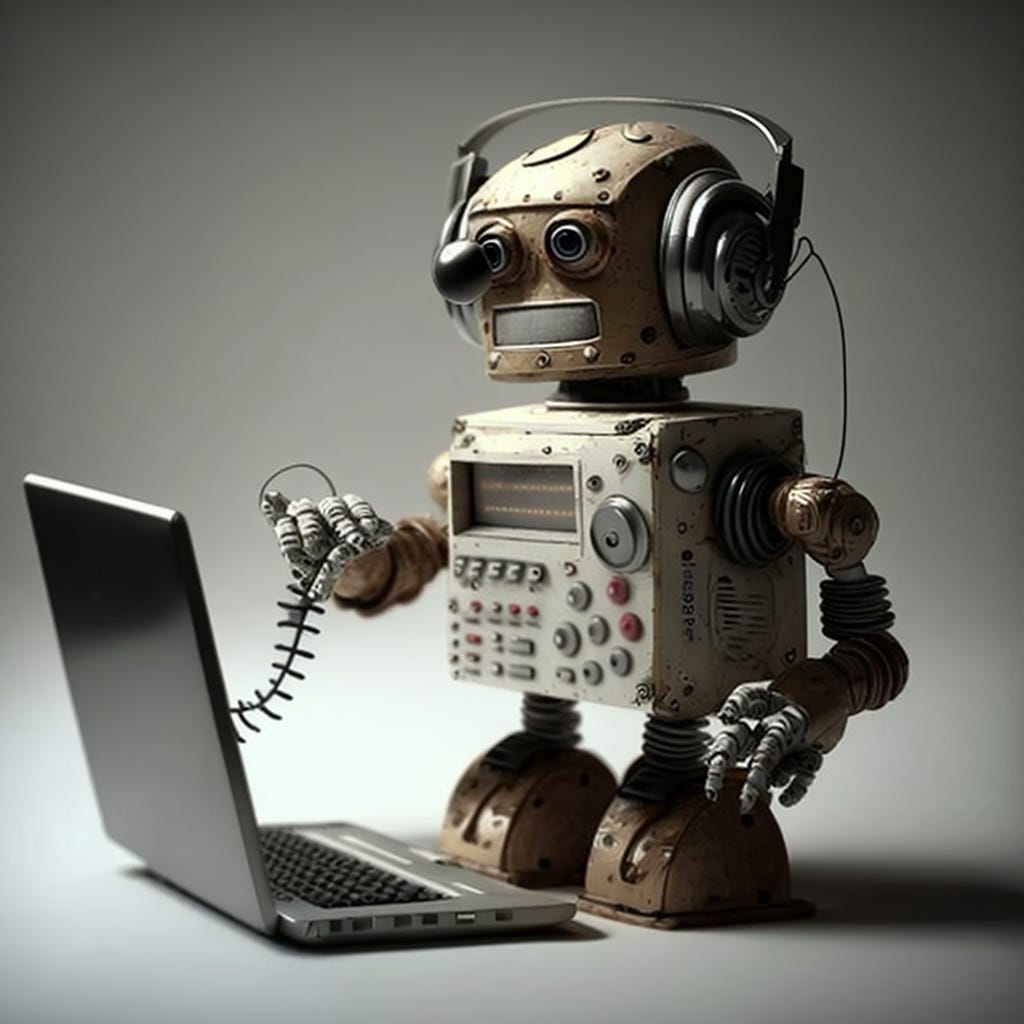S02E03 Machine jobs, die-hard models, and agile comedy
AI's cognitive revolution, the unholy grail of long-living teams, agile jokes and open systems research into agile limitations
In season 2, I alternate between long-form essays and curated tidbits on organization design. In this post, I curate content from across the web.
How will AI impact the way we work? 🤖🧠
Marc Andreessen recently took to Substack. In some of his first posts, the OG venture capitalist dismissed any unemployment concerns around AI. In essence, he claims that regulatory constraints will slow down AI innovation.
On the other side of the argument, Nathan Labenz makes a strong case - I absolutely recommend reading this thread - that we are collectively underestimating the impact of AI on how we will work in the future.
Instead of slotting AI into human roles, Labenz predicts that we will break down jobs into tasks that AI can do. This is not new: it happened before with manufacturing. A century ago, making things was more like today's knowledge work. Will ML do to service work what assembly lines did to production?
Seeing what LLMs can do, I’m not betting against them. If I worked in a domain like tech support, I would start upskilling now. Of course, AI adoption will take longer in sectors that require a large degree of accuracy. For now, the lack of explainability is a showstopper for any business with low error tolerance (and there are a lot of those).
It’s time to retire the Tuckman model (with fire 🔥)
If you ever find yourself on an agile meetup wanting to stir things up, bring up the benefits of long-lived teams.
In the olden days of waterfall development, teams were far from stable as project managers selected team members from a grab bag of available people. The agile pendulum has swung completely in the other direction, sanctifying long-lived, stable teams.
This dogma is usually justified by the Tuckman Model (group dynamics of norming, forming, storming, etc..).
I want to make a case for retiring this model based on its unstable foundations and criticisms from practitioners (many such cases). I suggest a much simpler approach for deciding the optimal dynamism of your team:
If you experience inertia and boredom on your product team, you have erred too much on the side of stability. Shake things up.
If you experience chaos and constant relearning on your product team, things might be too dynamic. Navigate to calmer waters.
Heidi Helfand has a well-researched book on the topic for a more nuanced view.
Best kept secret of Agile Twitter 😂
Agile Twitter isn’t known for its sense of humor, and it’s about time we started changing that. I don’t know how Alyssa doesn’t have more followers so please help fix that, dear readers:

Sociotechnical research into the effectiveness of agile 🎓
I am partial to the concept of sociotechnical systems as a mental model for organization and management. It is not the only systems branch on the organizational tree, but I favor it because it combines deep scientific roots with practical applicability.
On the science side of open systems theory, Merrelyn Emery has been investigating the health of the ICT industry, with a specific focus on how organizational change affects productivity and employee well-being.
This concluding paragraph from her research is pretty damning:
After over 20 years of agile, this study shows that agile has failed to produce a coherent industry or sustainable organizations as the critical factors of high intrinsic motivation and organizational performance are in short supply. Highly desirable personal and organizational outcomes are few and far between.
I will write more on the ideas from sociotechnical systems thinking, but if you cannot wait, Trond Hjorteland does a great job of connecting the philosophy with the practice of creating software:


